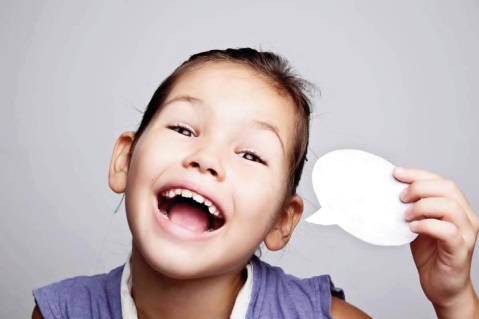Communication techniques for people with disabilities must be person-centered to be effective.
PERSON-CENTERED COMMUNICATION METHODOLOGIES
BY LAUREN AGORATUS, M.A.
It is beyond the scope of this piece to describe all the communication technologies available to individuals with special needs. Instead, the focus is on the "whole person," or wholistic approaches for communication to be authentic.
WHAT DO WE MEAN BY "AUTHENTIC COMMUNICATION"?
Augmentative/alternative communication can be low or high tech. Augmentative communication supplements speech and alternative communication replaces speech. Options can include American Sign Language (ASL), pointing/gestures, or communication boards using pointers, eye gaze, etc., or computer software. Person-centered communication can be aided or unaided, but it's important to note that inauthentic communication could result if a support person is misinterpreting the individual's communication or doing the communication themselves.
WHEN WOULD COMMUNICATION BE INAUTHENTIC?
The American Speech-Language-Hearing Association (ASHA) came out with a policy statement against what is known as “facilitated communication” or FC. The statement notes that this technique, although still being used in some environments, has been discredited. Scientifically, FC has not been validated and subsequent research indicates that the “facilitator is the author” rather than the individual with a disability. In fact, further studies showed actual harm to the person with disability and FC should not be considered as communication for them.1 Another article, “Who Is Doing the Pointing When Communication Is Facilitated?”2 calls FC pseudoscience and rebuts the notion that FC gives a voice to someone with a disability. FC does not result in self-expression, and is seen as a civil rights violation which has inadvertently led to sexual abuse and even murder. The extreme example of FC is used to demonstrate that unless caution is used in some types of aided communication, the genuine words of a person with a disability may not be heard.

SPEAKING FREELY: Methodologies and interventions must be person-centered, strengths-based approaches to be effective and maximize communication and independence.
TECHNOLOGIES THAT ENHANCE COMMUNICATION BASED ON DISABILITY
Although not speech-related, certain technologies can help people with certain disabilities to communicate, including
Visual impairments: In addition to reading books, OrCam's MyEye (huffpost.com/entry/how-artificial-intelligence-is-helping-the-visu- ally_b_58ed5c09e4b0145a227cb963) can help people with disabilities to recognize faces, as does Seeing AI.
Deaf and hearing impairments: For those that use Sign Language, Microsoft Translator translates the interpreter's spoken words and converts them into Sign Language. Also, SignAll can translate sign language into text as does KInTrans and GnoSys. For people who do not sign, Ava mobile app uses language processing to transcribe conversations in realtime.
Intellectual/Developmental/ Learning Disabilities: For individuals with intellectual/developmental disabilities, Empower Me (www.brain-power.com/autism) uses smart glasses to help interpret emotions using a digital coach. A robot that helps children on the autism spectrum with social skills is QTrobot (luxai.com/qtrobot-for-autism) For students with Learning Disabilities, Speech to Text/Text to Speech help with reading and writing.
A SPECIAL NOTE ON SPEECH TO TEXT SERVICES (STTS)
NDC (National Deaf Center) on Post-Secondary Outcomes has a new resource page. This webpage explains the different speech-totext services, transcripts, automatic speech recognition vs. STTS, and finding providers.
For more information on the technologies mentioned above, see "Artificial Intelligence: Intelligent Solutions Enabling Disability Accessibility and Inclusion" in the January 2021 issue of EP found at reader.mediawiremobile.com/epmagazine/issues/207657/viewer?page=23